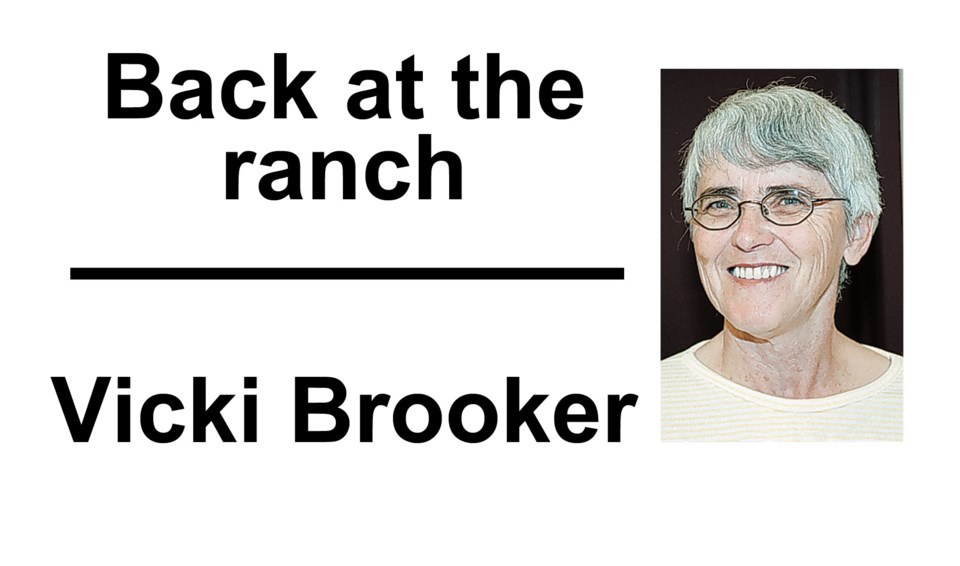They came from my mother’s garden near Calgary, where they threatened to take over the world, or at least the whole yard, if not tamed by my father and the old push mower when they encroached on the lawn.
Mother shared the hardy perennials with my mother-in-law, and they flourished in a series of of her gardens in Calgary, at one point brought to our yard in the creek valley when my in-laws were considering moving north. When that didn’t happen, the plants went back to Calgary and another new yard there.
When my mother-in-law’s sight failed, she had difficulty working with her flowers, and I would tidy up her flowerbeds each spring and summer whenever we went down to visit. One year, I noticed the phlox were back running rampant and threatening to block off her sidewalk, so I asked if I could bring a few roots back north. Well aware of the phlox overload, she willingly agreed.
Now, it runs rampant on my territory, or at least it would if I wasn’t very stern and ruthless with the excessive growth, of not only it, but of all the exuberant perennials I’ve acquired since we turned a onetime homestead clearing into a yard in 1987.
With the house built, I knew just what I wanted the front yard to look like. I had a magazine article with a design all figured out, complete with lists of what to buy, how big it should be and what to plant where. With the plot staked out, I did just as it said, putting small trees – an apple on one end, a Japanese Maple on the other – at the ends of the bed, the maple with a Mugho pine for company, the apple with Blue Rug junipers, just like the article said. In between was the flowerbed where I later planted the phlox.
I started out by planting annuals, while I decided what I wanted to grow in that bed. I’d brought delphiniums, monkshood and Shasta daisies from my parents’ yard to the valley, and they came up the hill with us, but the delphiniums and monkshood went in the bed behind the house, and the Shastas in a bed I started across the driveway. All three bloomed where they were planted and are still there, the delphiniums and Shastas self-seeding offspring every year.
One of our daughters had an overgrown lilac hedge where she lives when we moved up the hill, and I was happy to help myself to shoots to start a hedge behind the Shastas and a newly purchased peony root. She later moved to a farm close to us, and invited me to thin out an overgrowth of irises, which I used to edge both the front and back beds. Our other daughter moved to a farm with a massive clump of
daylilies, and chopped off a chunk for me, as well as contributing what she thought was an apple tree, but eventually turned out to be plum instead, when it finally produced fruit.
The daylily went in the front flowerbed, flanked with tulip bulbs, and after planting my gladiolus there every year, I gradually filled that bed in with some lilies and big fluffy poppies. A co-worker assured me I needed a clump of her bergenia, I received
a pair of peony roots one Mother’s Day, and with those, contributions from people splitting up their lily clumps, and a bleeding heart found poking out under the corner of my mother-in-law’s greenhouse, the back bed is full to the brim.
Plagued with quack grass, I wonder how the iris keep multiplying, but they do, enough to ring a rock garden that originally had three trees growing in its middle. When they died, I planted a root of my mother’s false spirea, another plant with visions of world supremacy that now keeps the lilacs and Shastas company across the driveway.
No longer able to visit our mothers on Mother’s Day, I care for their flowers instead… a gift to their memory.



